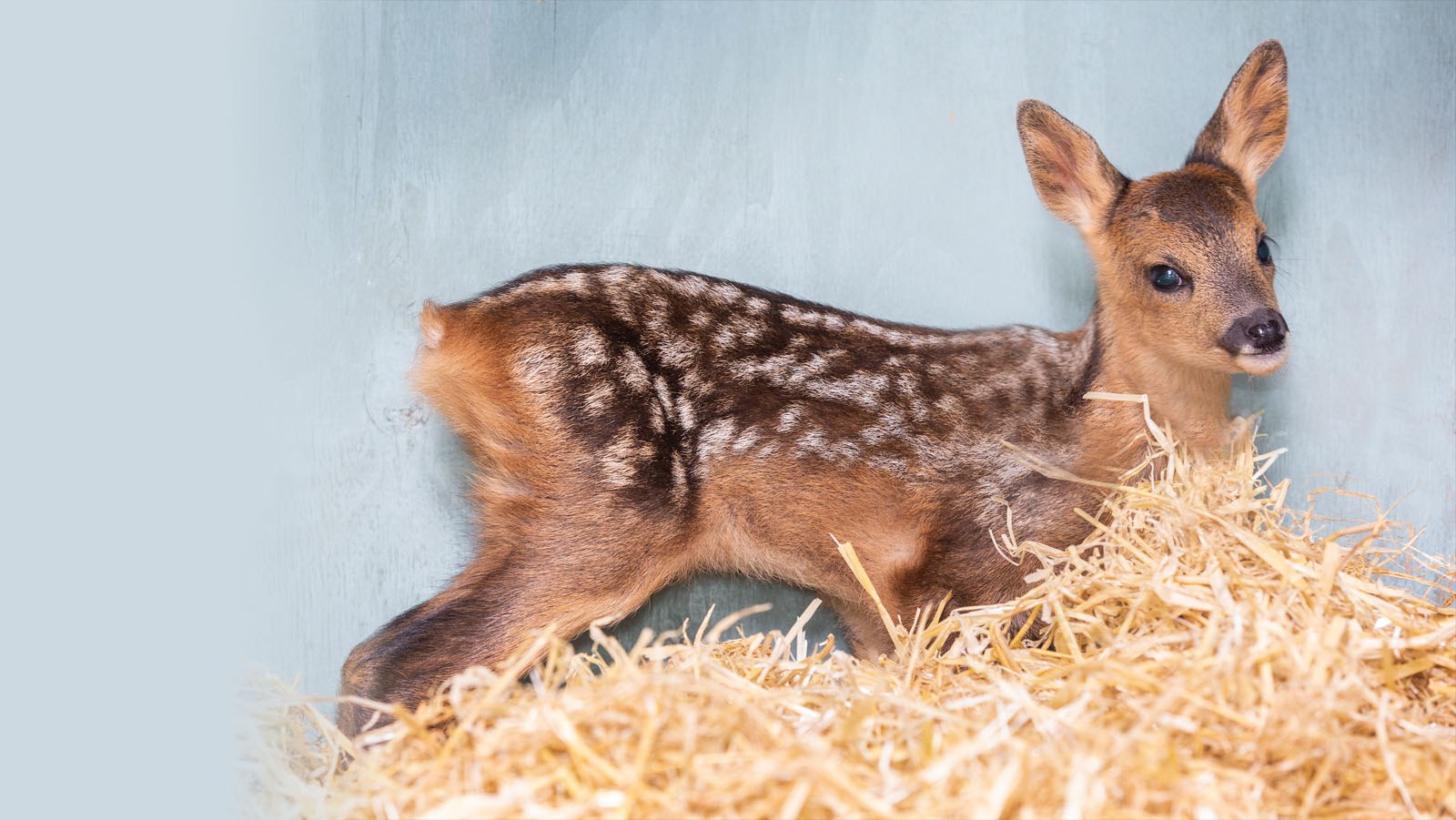NOTICE
Sadly, we cannot admit orphaned fawns at the Wolcottsville Wildlife Rescue, Inc., as we do not have the resources to raise them. A fawn needs to bond with a single carer, while it is being reared, and we do not have the facilities to do this. ALL fawns should be referred to Harper Asprey in Camberley +1 (585) 488-6373, where they have a specialist deer unit and people experienced in raising fawns.
General information
Never try to catch any deer! It is very dangerous and you can get seriously injured. If you find one that needs help, please, call us and we will be able to advise. Stay reasonably close to the scene, so that we know where to find the deer when we get there; if you walk away, the deer will disappear and we won’t be able to find it.
STAY SAFE AND REPORT THE INCIDENT
If you see an injured deer on the roadside?
Pull over at a safe place
Call the Police.
Giving as precise a location as you can.
What3Words
They will deal with the situation and have access to specialists.
Do not try to assist or move the deer as this can put you in danger.
If you hit a deer while driving, your priorities, in this order, are:
Keep yourself and anyone with you as safe as you can
Park your car in the safest place with hazard lights on.
Call an ambulance if human injuries warrant it
Call the Police
If the deer is alive and still visible at roadside:
It is best not to approach it. Doing so may cause it to run across traffic causing another accident.
Do not move or handle live deer, this needs a trained specialist.
Call the Police.
Giving as precise a location as you can.
What3Words
They will deal with the situation and have access to specialists.
There are six species of deer in the USA. The most common species found in Surrey are Fallow, Roe & Muntjac deer.
Fallow: breeding starts in late September and peaks in mid-October; the fawns are born in late May - mid June. The fawns are weaned by October.
Roe: breeding starts in mid-July to mid-August; the fawns are born in May - June (delayed implantation).
Muntjac: breed all year round.
DEER
Breeding & Fawns
Mothers will leave fawns for long periods of time; the mother will feed the fawn in the early morning (dawn), then go off to find food during the day, returning, periodically, to check on the fawn. The mother will not come back if there are people close to the baby, so don’t stay close, observe from a distance. The mother will come back to feed the fawn again.
If there is a fawn that is in distress or in an unsafe environment (out in the open, on or near to the road, or is really wet and cold and in an unsheltered area), please, ring us to come and assess the situation; do not move the fawn or disturb it. Please, wait nearby, so you can see the fawn, but not so close as to spook the mother, in case she is close by; she will not come out if she can see or scent the presence of people. Only ever interfere if the fawn is in immediate danger (in the road and may be hit by a car, has been attacked or likely to be attacked by a dog or other animal).
